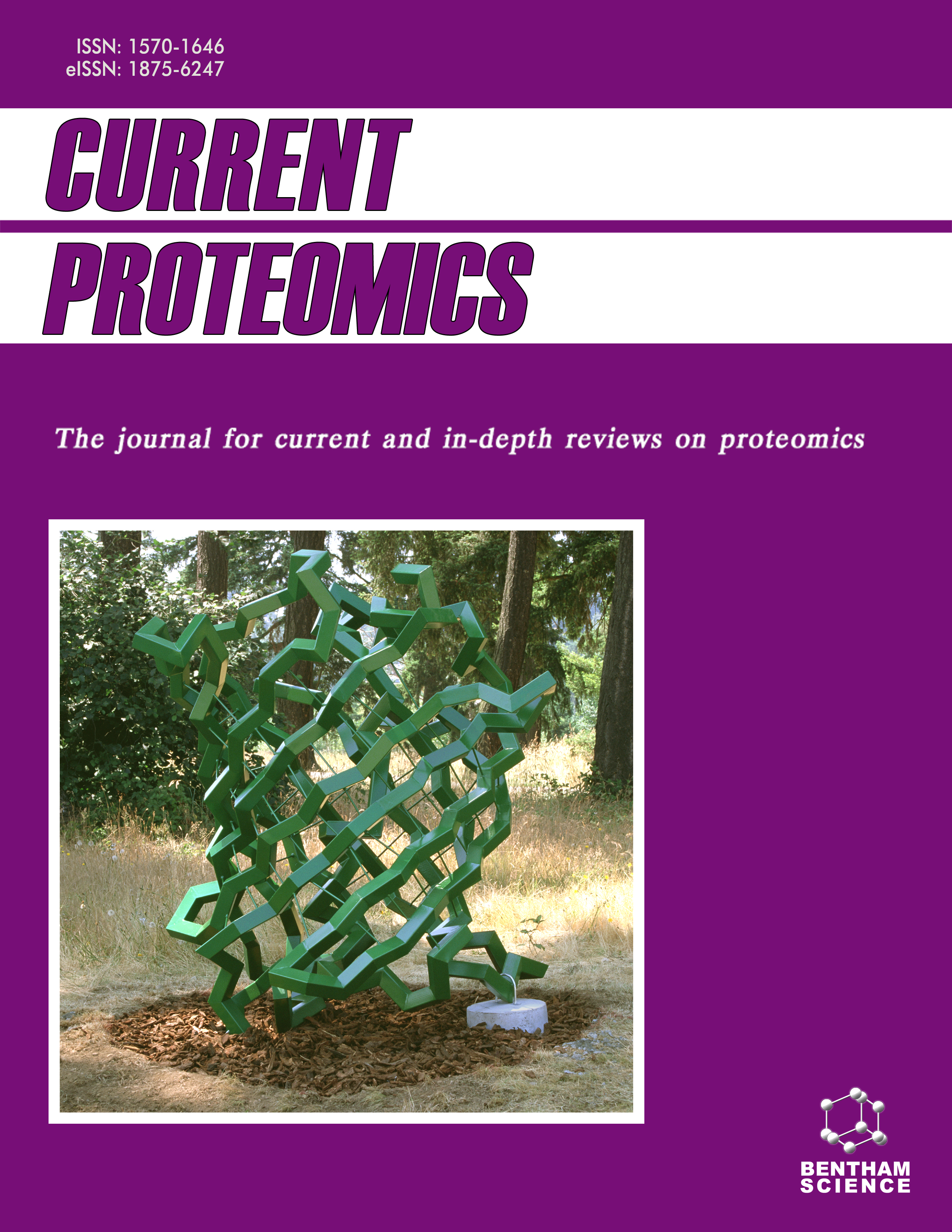
Full text loading...
We use cookies to track usage and preferences.I Understand

Venomous scorpions play a crucial role in medicine and public health. Buthotus saulcyi scorpion is known as one of the most populous species in East Asia and Iran, while its venom proteome has still not been fully determined.
In the current research, the proteomic profile of Buthotus saulcyi scorpion venom to determine the structural and functional characteristics of its compounds used for treatment will be examined for the first time.
2D-PAGE, HPLC, SDS-PAGE, sequencing, and MALDI-TOF MS techniques were used to investigate the properties of these peptides.
The 2D-PAGE analysis of crude toxin from B. saulcyi revealed a minimum of 96 protein spots, with isoelectric points ranging from 4 to 9 and molecular weights spanning from 3.6 to 205 kDa. Following this, HPLC was used to isolate 14 fractions of crude toxins, and the protein content of these fractions was measured. SDS-PAGE analysis identified 7 protein bands within the B. saulcyi crude toxin fractions, with molecular weights ranging from 13 to 217 kDa. Further examination of fraction 7 through amino acid sequencing resulted in the identification of two protein bands labeled peptide 3 and peptide 4. Ultimately, these protein bands were extracted, and their molecular mass and amino acid sequences were analyzed using MALDI-TOF MS.
According to our results, the alignment of P3 and P4 protein sequences revealed the highest similarity to chrysophsin 2 and pheromone-bound protein 2, respectively.

Article metrics loading...

Full text loading...
References


Data & Media loading...
Supplements